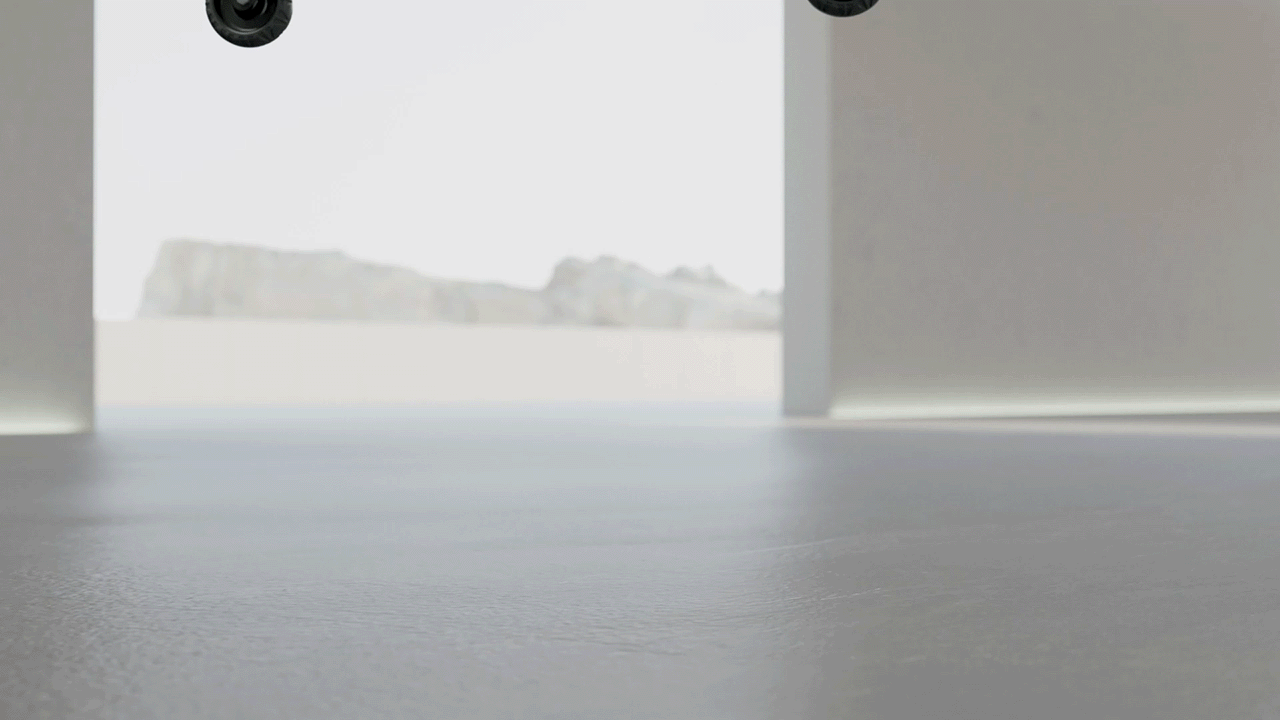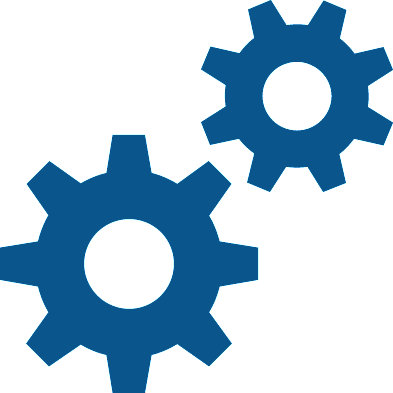Power-PRO 2
powered ambulance stretcher
Introducing the industry’s first connected ambulance stretcher.
You live it. We built it.
Power-PRO 2
Nobody knows what works in the field better than you. That’s why we reimagined our proven design to redefine your partner on scene—focusing on what matters most to help you get the job done.Respond confidently
- Reach optimal transport height with a single button and increase maneuverability using an extended transport handle
- Navigate through tighter quarters with a new retractable foot section (extends and retracts an extra three inches each)
- Help decrease body fatigue with enhanced ergonomics during manual loading and unloading


Respond smartly
- Perform a true, unassisted lift and reach optimal loading height using smarter hydraulic assembly with load-sensing capabilities
- See and be seen in low light environments with powerful lights and reflectors
- Reduce the chance of stretcher damage and medic or patient injury with new bumper detection technology
Respond ready
- Remotely track your fleet with Smart Equipment Management (SEM) and pinpoint your cot with its last-known location*
- Improve battery life and management with a new lithium-ion battery and charge indicator
- Limit cot downtime, reduce unexpected costs and ready your ambulances

Smart Equipment Management
The industry's first connected ambulance stretcher
Automatically track stretcher health and remotely manage your fleet through one convenient, interactive dashboard.

Maximize your investment
- Extend the life of your equipment by evaluating stretcher usage and rotating your fleet
- Identify training opportunities using detailed analytics to help improve patient and medic outcomes
- Take the guesswork out of battery replacement by monitoring use over time

Minimize downtime
- Keep your fleet ready to respond by identifying which stretchers need attention
- Save time and budget by troubleshooting the issue before on-site repair
- Quickly get your equipment back in the field with direct access to ProCare Services

Manage your fleet
- Start your shift right with battery status updates and other critical stretcher insights
- Pinpoint your fleet in near real-time with last-known location*
- Streamline reporting and planning requirements with instant access to vital equipment metrics
*Receive location updates when connected to an active Wi-Fi network and inductive charger from Power-LOAD or Performance-LOAD. Hot spot required for off-network use (not provided by Stryker). Frequency of updates depends on your connection.
Emergency Care
Proven customer satisfaction
EMS personnel face a myriad of challenges on the job every day. One in four EMS workers will suffer a career-ending back injury within their first four years in the field.1 The number one cause - lifting. The Powered System helps you and your team respond confidently and safely - improving overall staff satisfaction.
We surveyed 1,0702-8 Power-PRO and Power-LOAD product users across 39 states nationwide.

98% agree that Stryker's Powered System has made their job easier.2-8

86% agree Stryker's Powered System has improved satisfaction.2-8

74% agree they are more likely to work at a service with Stryker's Powered System.2-8
FAQs
Stryker's Power-PRO 2 powered ambulance cot can support and transport a maximum weight of 700 pounds (318 kilograms).
The Power-PRO 2 has been dynamically crash tested to meet SAE J3027, BS EN 1789 and AS/NZS 4535 (with Power-LOAD or Performance-LOAD fasteners, Stryker's X Restraints and Universal Floorplate). The Power-PRO 2 also meets IEC 60601-1 tip stability guidelines.
The lithium-ion battery has a two-year expected service life under normal use conditions. The battery charger has a seven-year expected service life under normal use conditions.
Stryker sales representatives deliver hands-on training for Power-PRO 2 purchases.
Contact Stryker's customer service or technical support at 1 800 327 0770.
The Power-PRO 2 is compatible with Stryker's Power-LOAD powered cot fastener, Performance-LOAD manual cot fastener, mass casualty, wall mount and floor mount fasteners.
Connect with an expert
Service and support
Robust support for your team
Technical support
We'll work with you to quickly assess your situation and find the best solution.
ProCare service plans
With a ProCare service plan, you can focus on saving lives while helping to ensure the integrity of your Stryker devices.
Related products
Reference Number |
Quote |
Reference |
1 |
"The most common sites of PI are the sacrum/coccyx (20%-41%) and heels (16%-27%)." | Team V, Tuck M, Reeves J, Way M, Enticott J, Evans S, Weller C. Pressure Injury data in Australian acute care settings: A comparison of three data sets. Int Wound J. 2020; 17:578-586. doi:10.1111/iwj.13320 |
2 |
"Results of this study indicate that use of a heel protector is more effective for prevention of hospital-acquired heel PI and PFCs in a high-risk patient population than pillows." | Meyers T. Prevention of Heel Pressure Injuries and Plantar Flexion Contractures With Use of a Heel Protector in High-Risk Neurotrauma, Medical, and Surgical Intensive Care Units. Journal of Wound, Ostomy and Continence Nursing. 2017; 44(5): 429-433.
|
| 3 | "The device floats the heel completely off the bed and holds the foot in a neutral position, keeping the peroneal tendons in a normal position. " |
Meyers T. Preventing Heel Pressure Ulcers and Plantar Flexion Contractures in High-Risk Sedated Patients. Journal of Wounds, Ostomy, and Continence Nursing. 2010; 37(4):372-378. doi:10.1097/WON.0b013e3181e3990b. |
1. Sanders, Mick J. (2011) Mosby’s Paramedic Textbook (4th ed., p. 36)
|
M0000003871 REV AA




